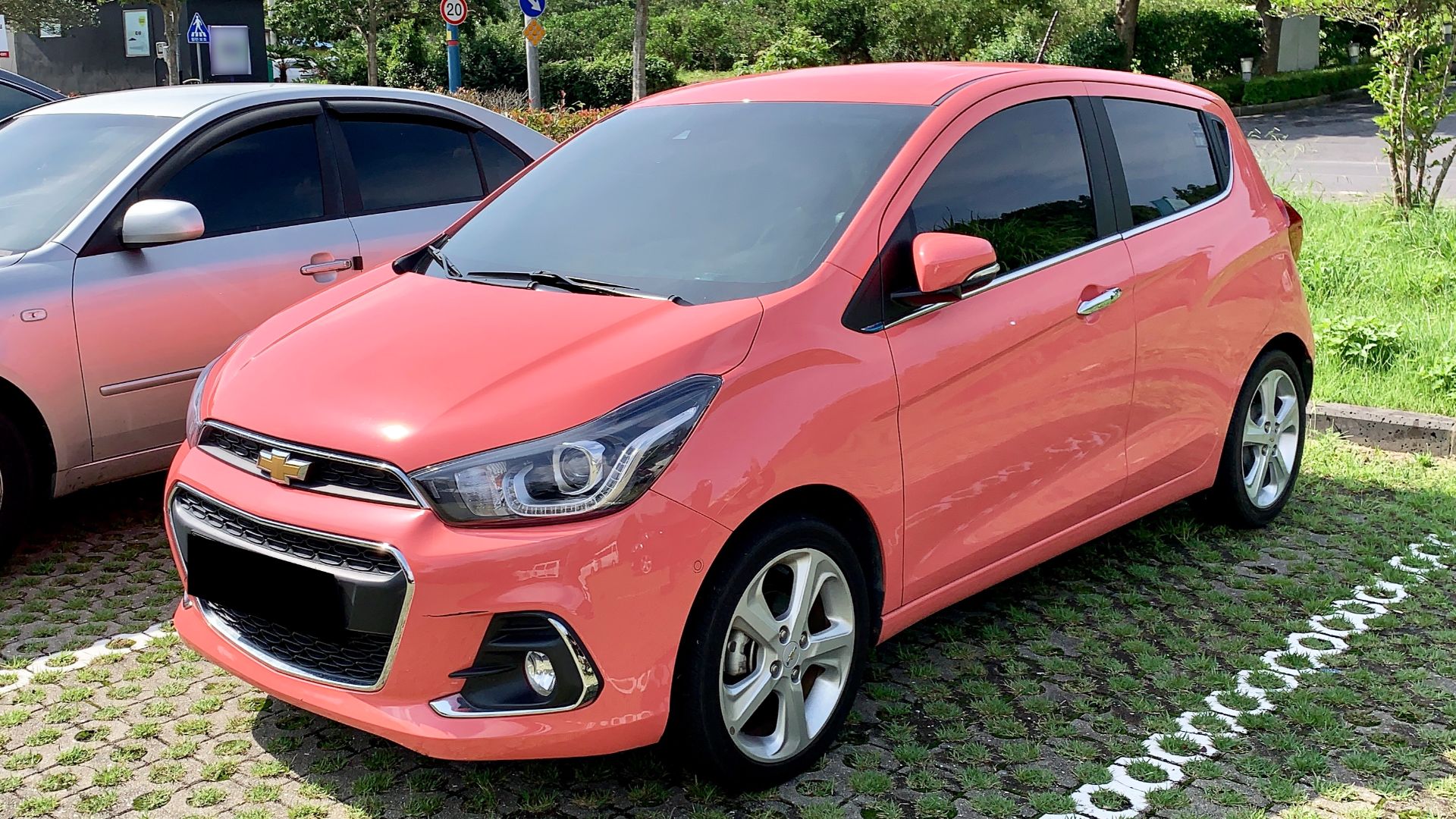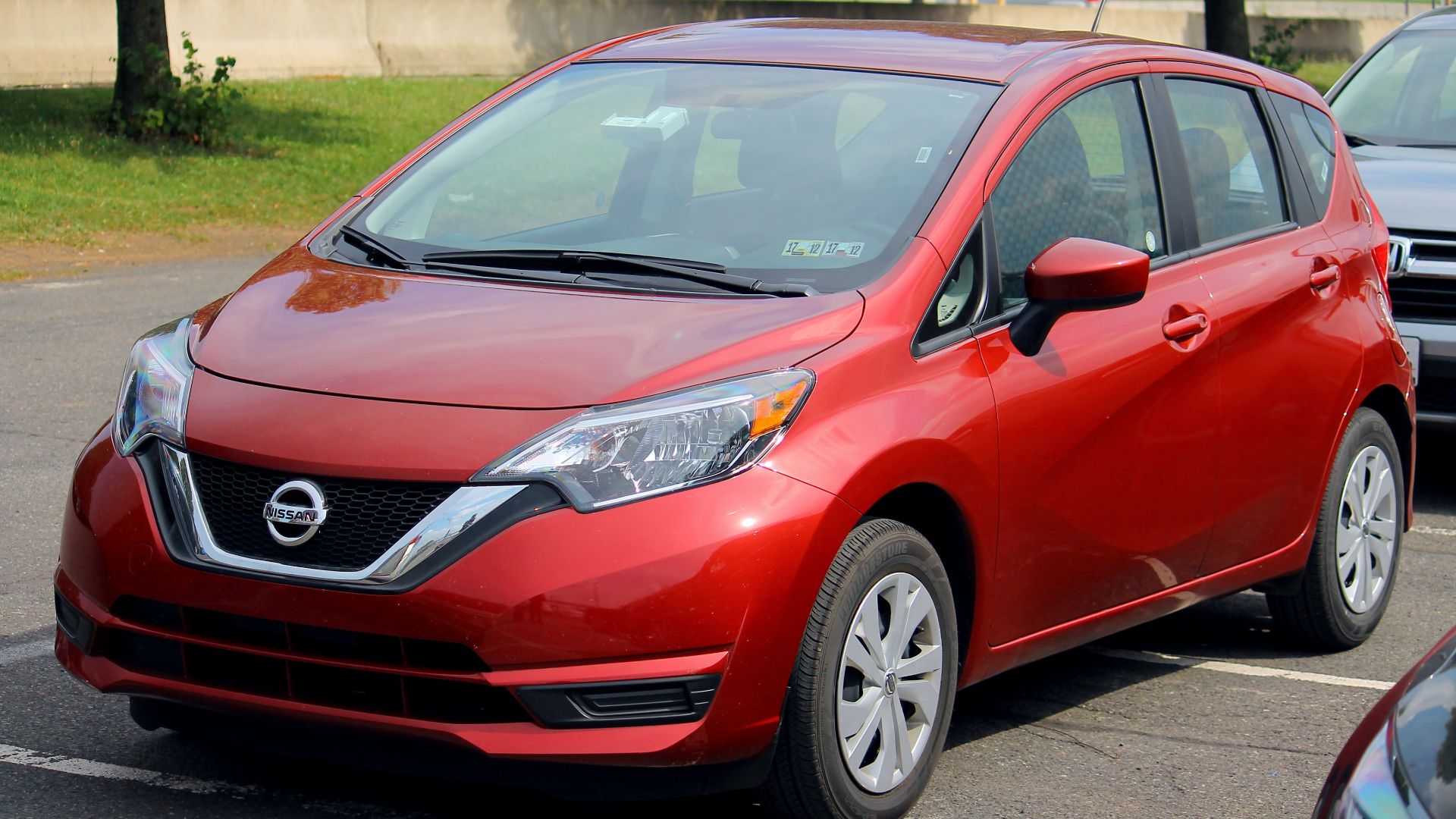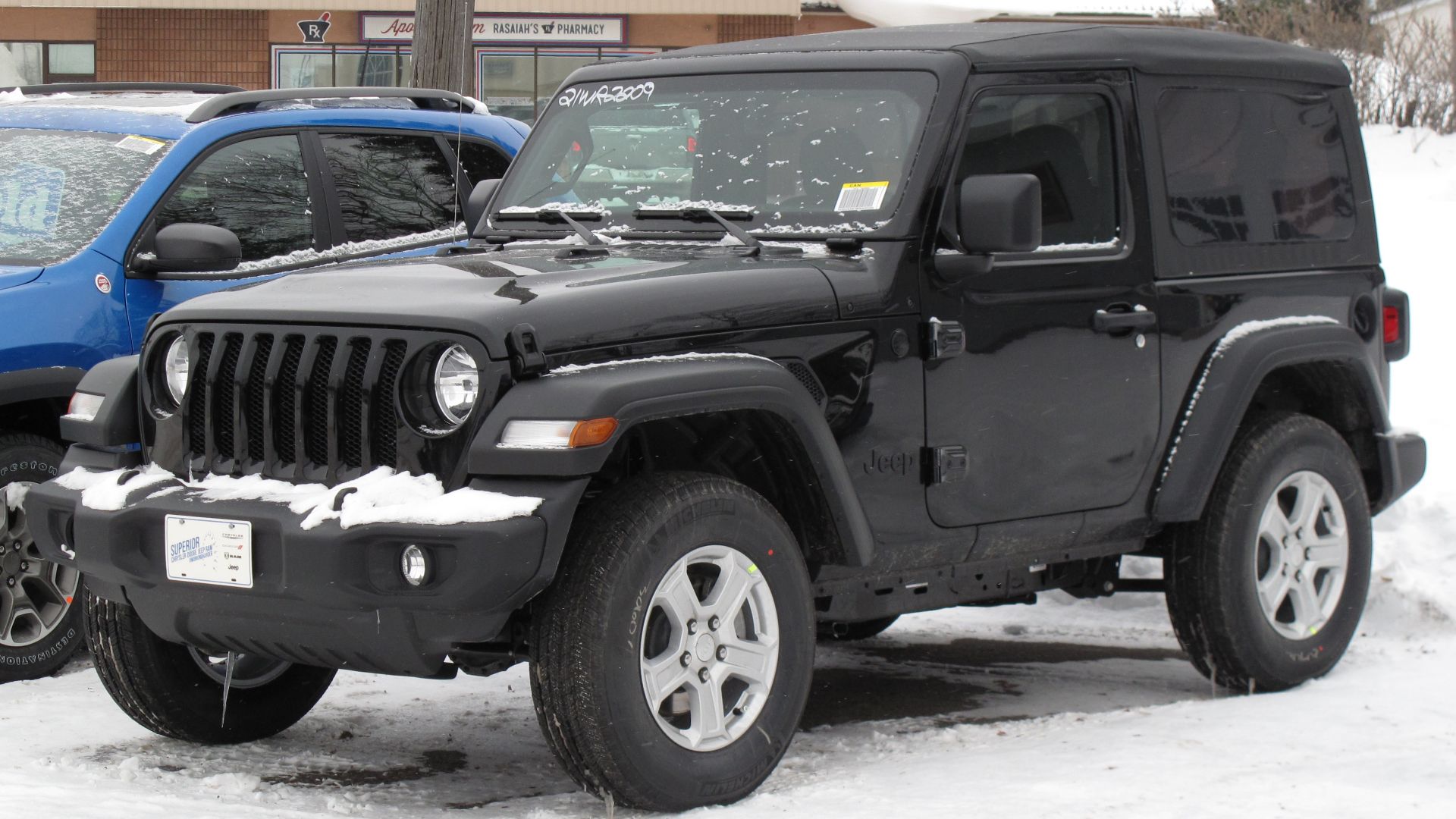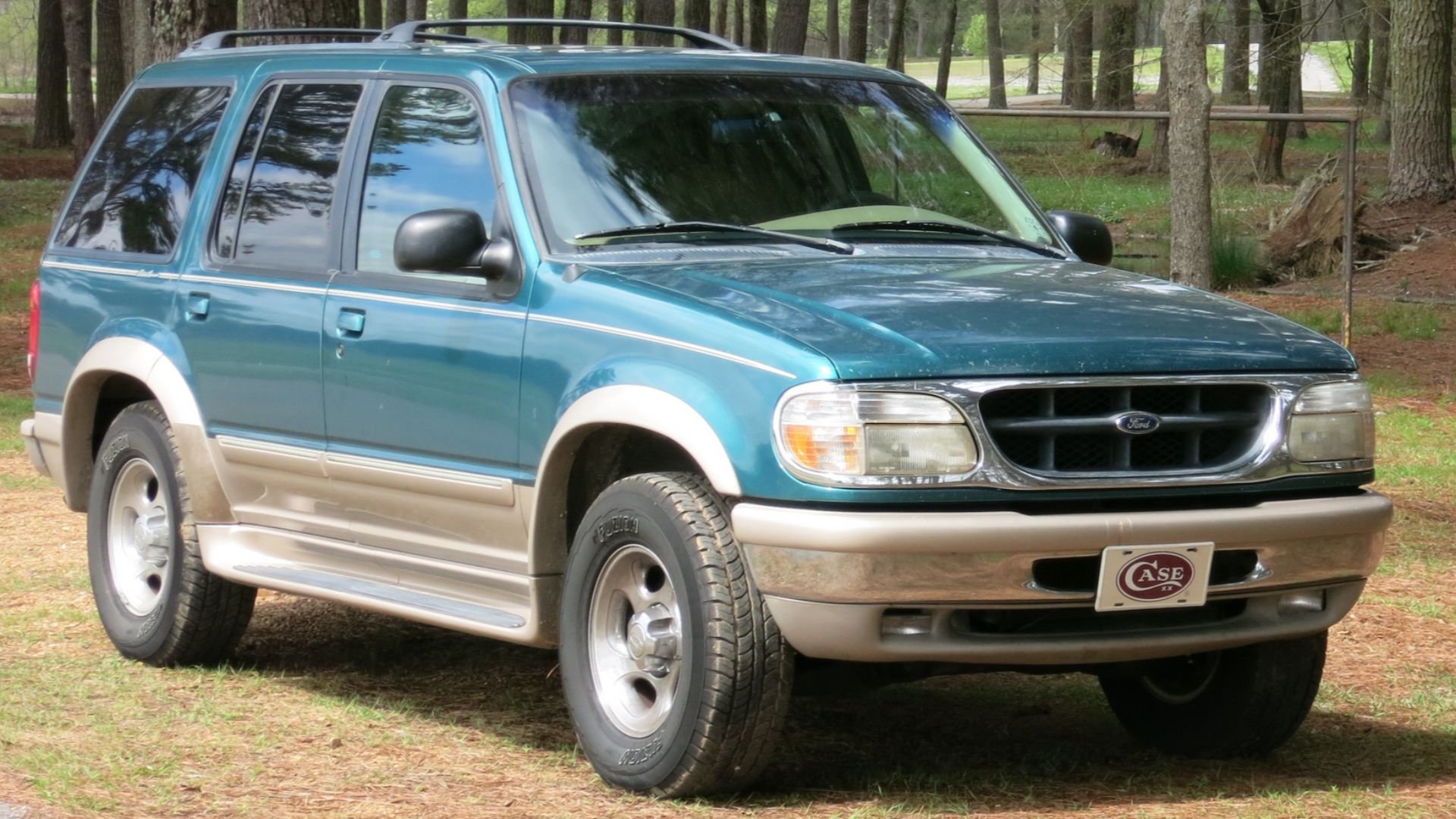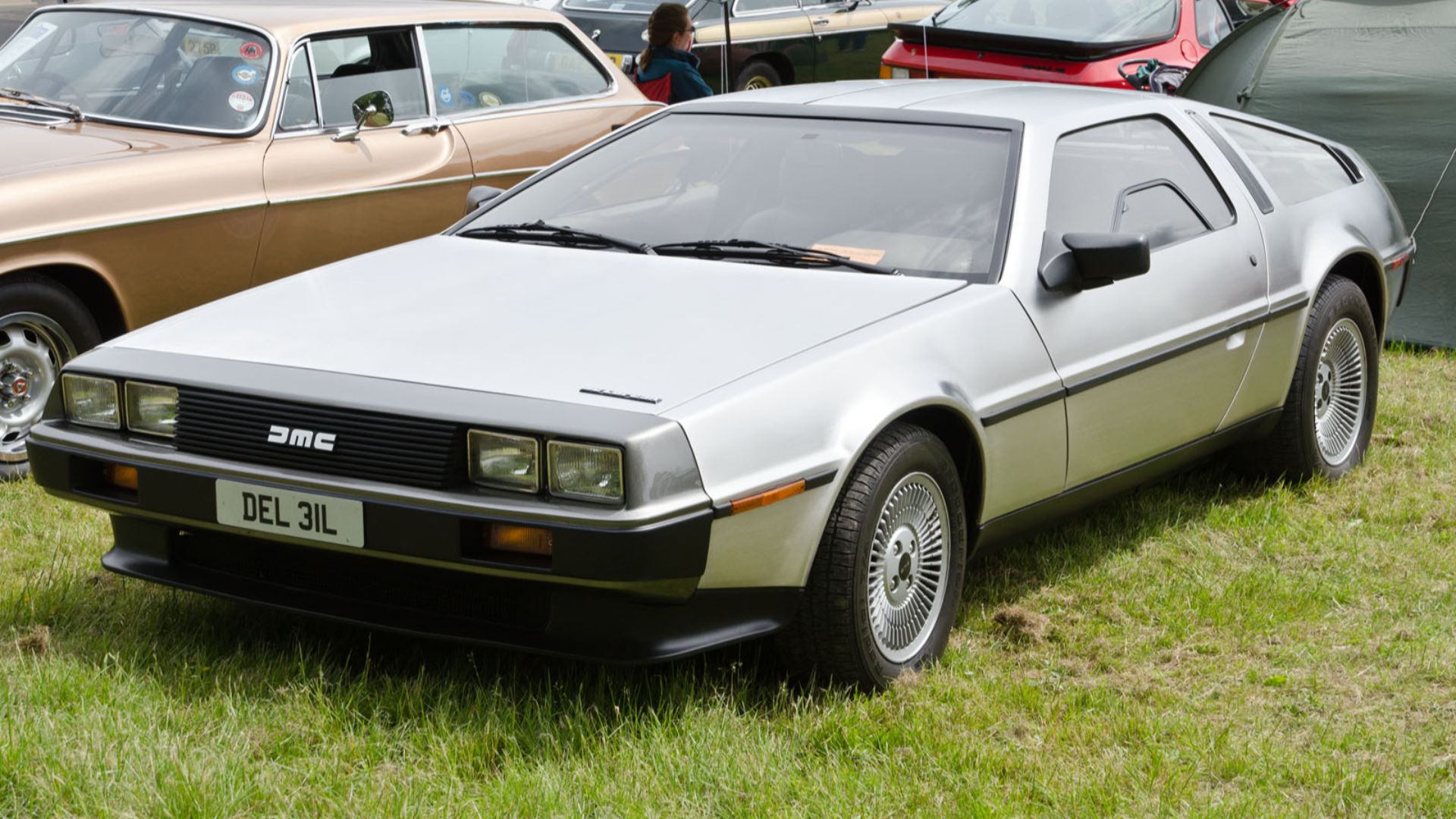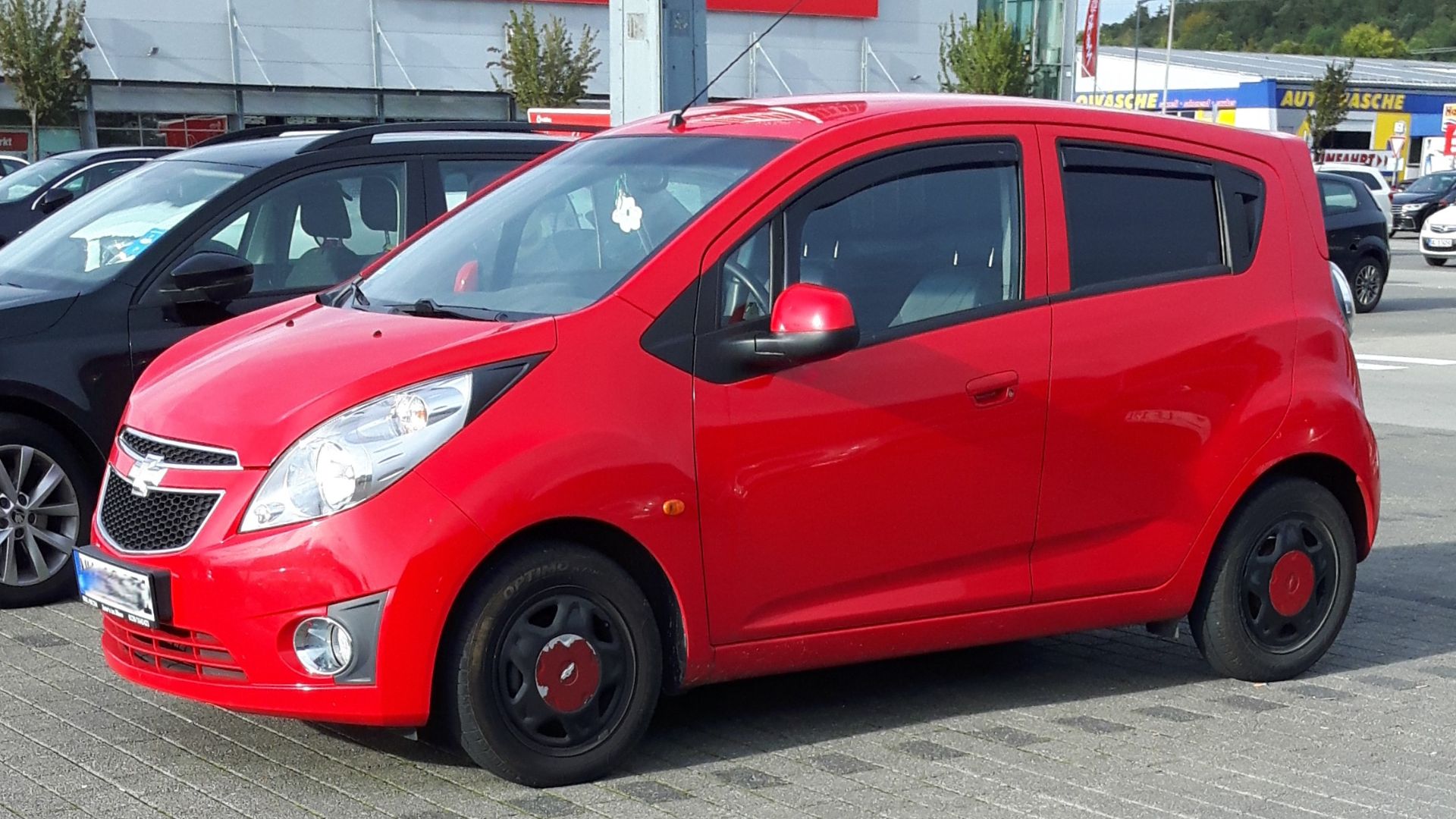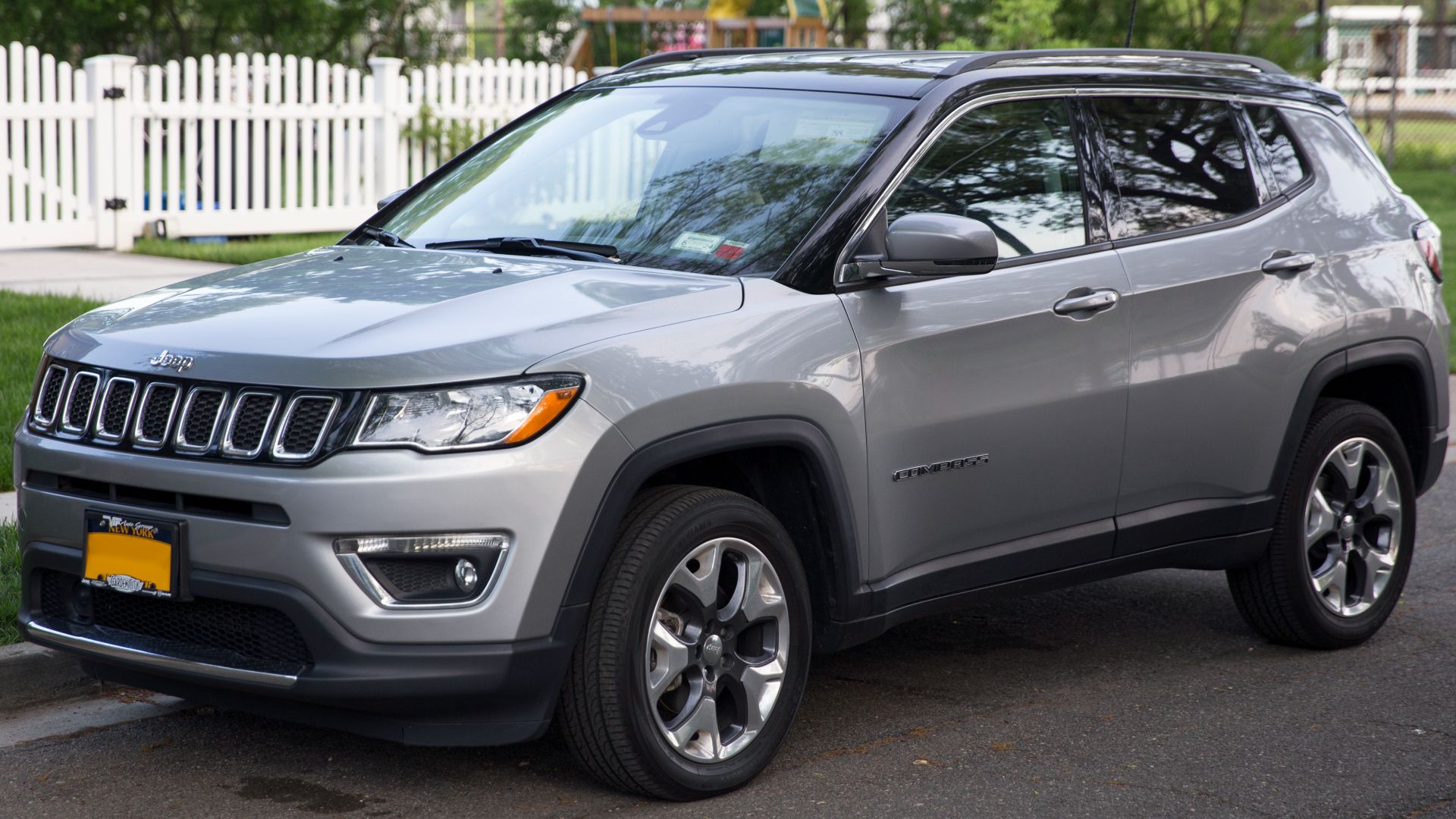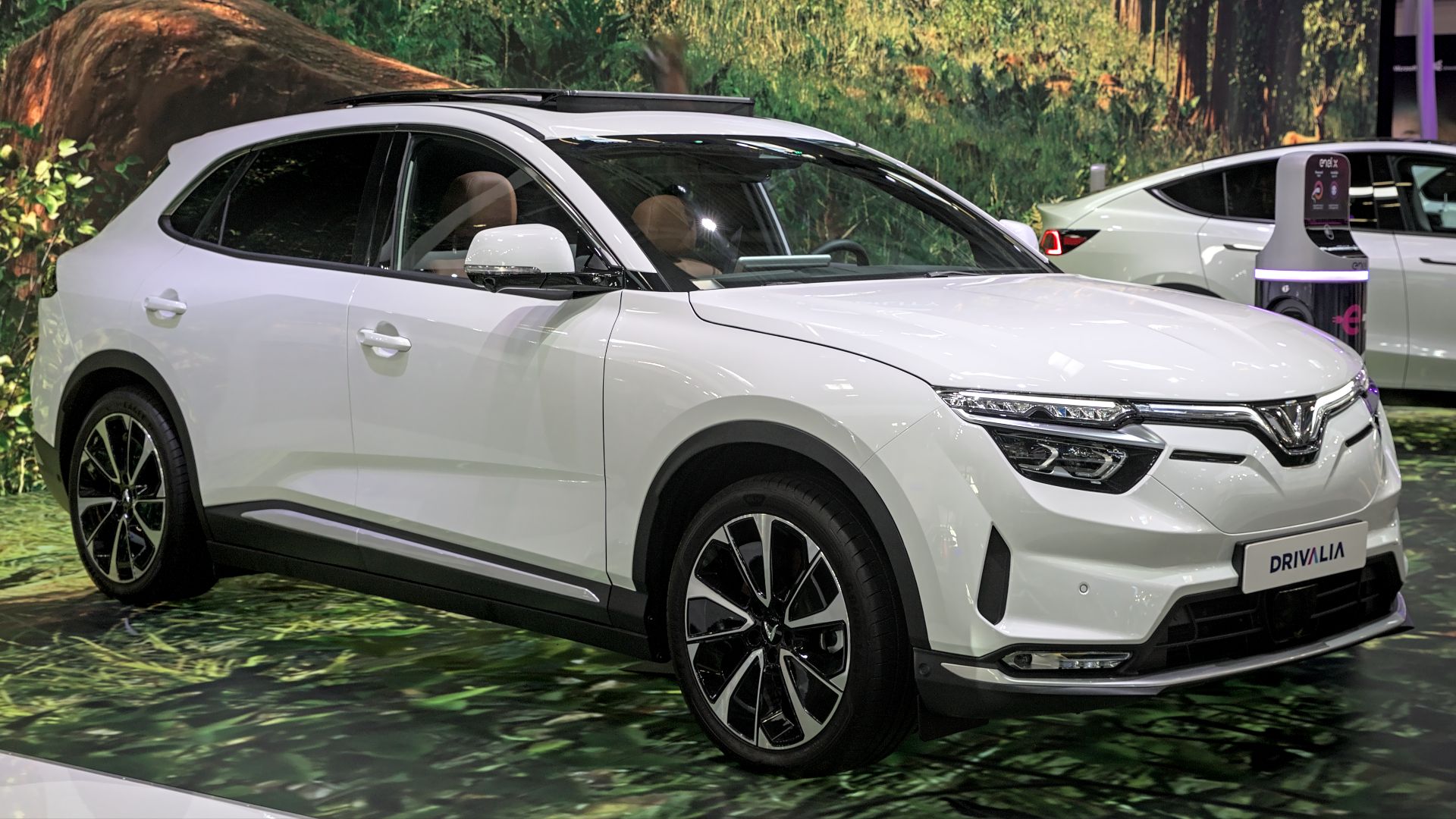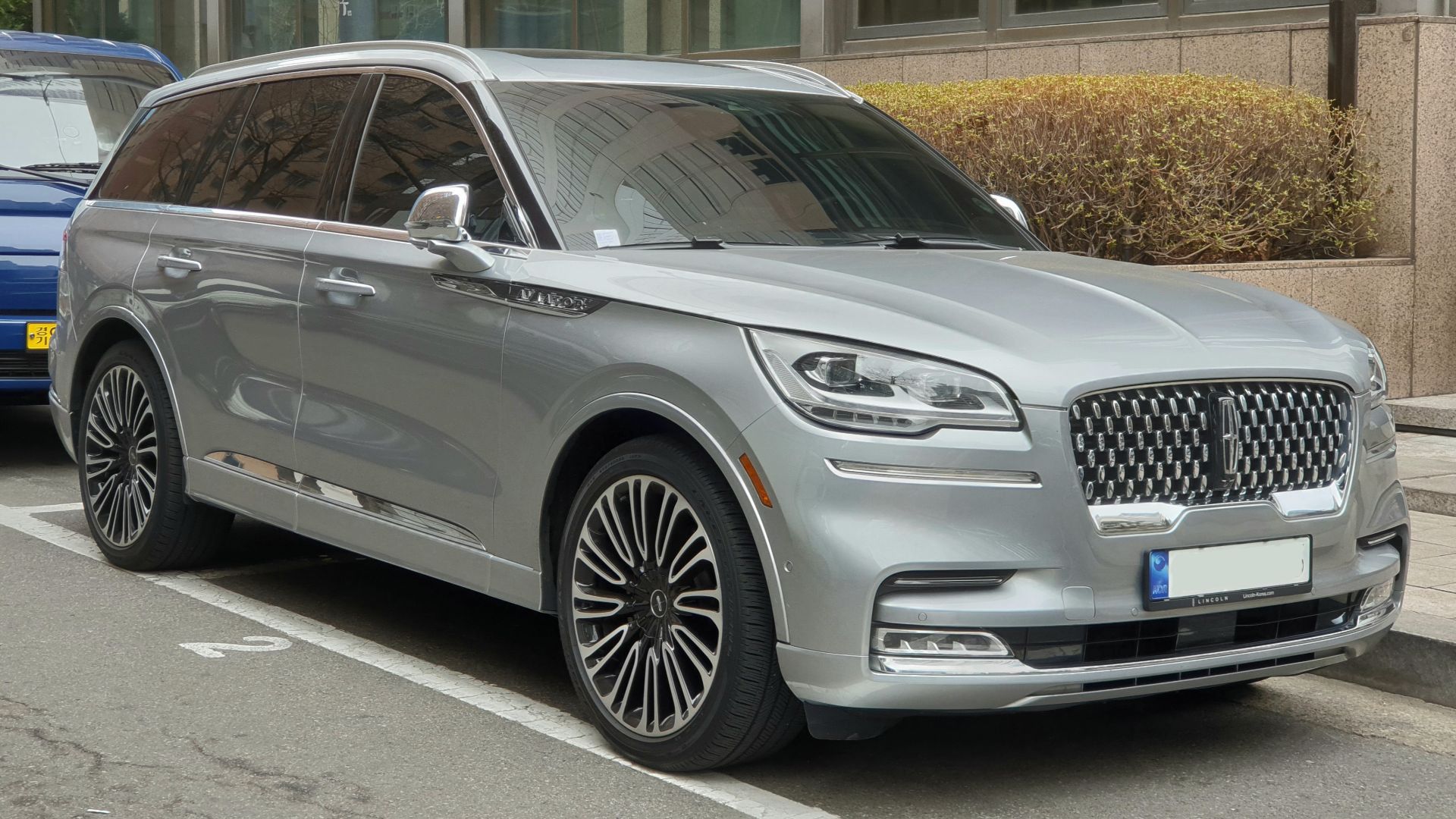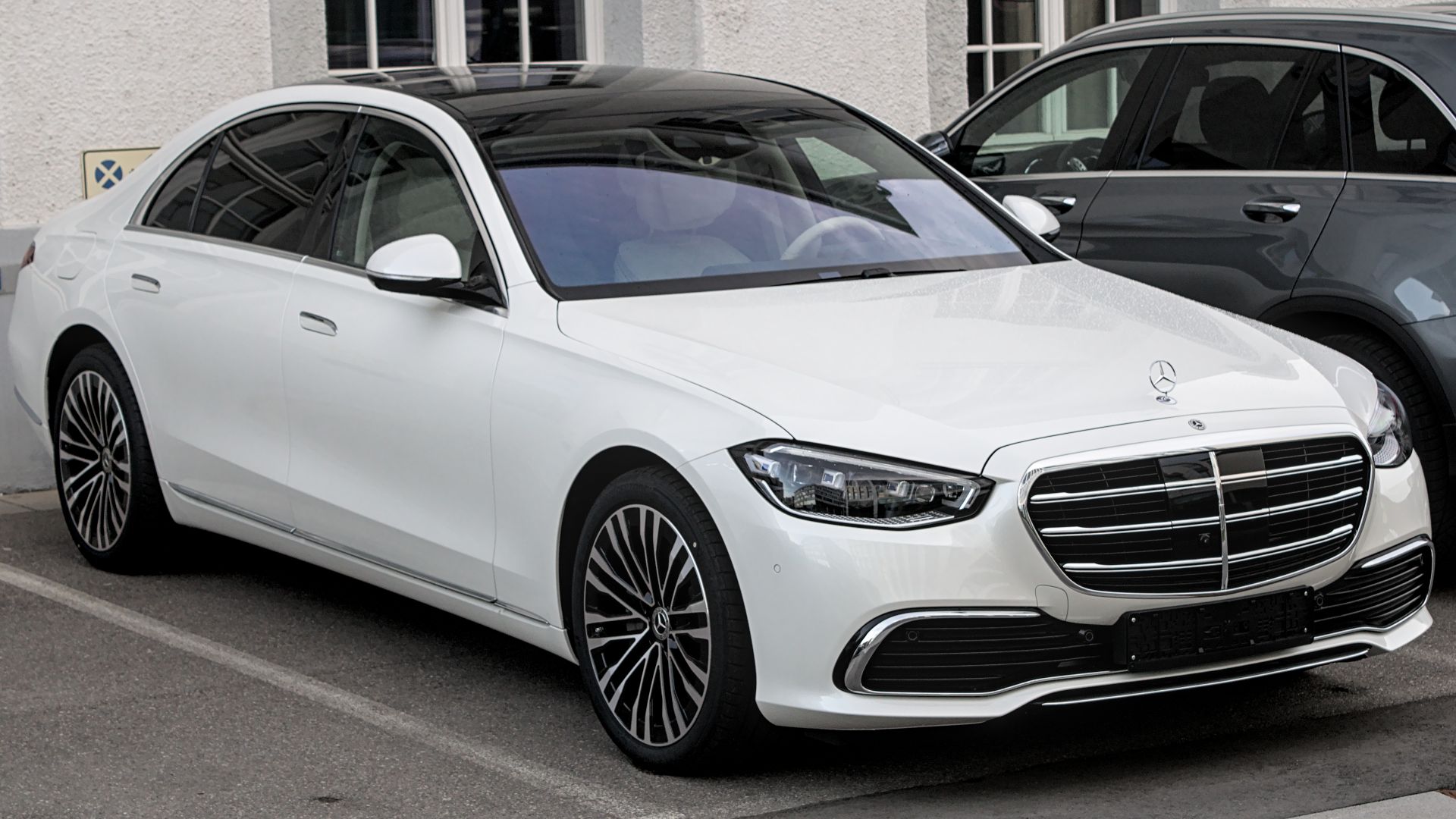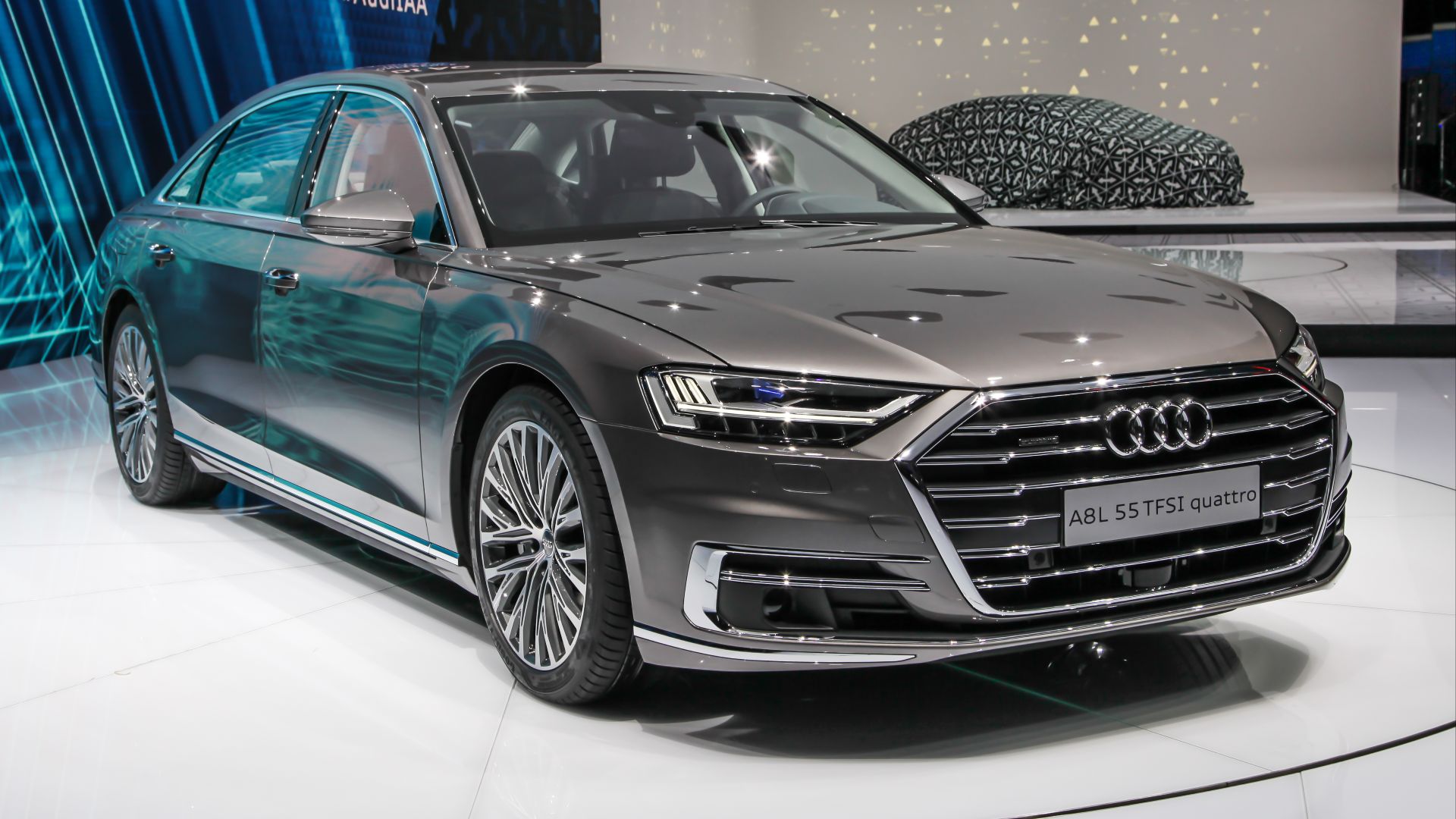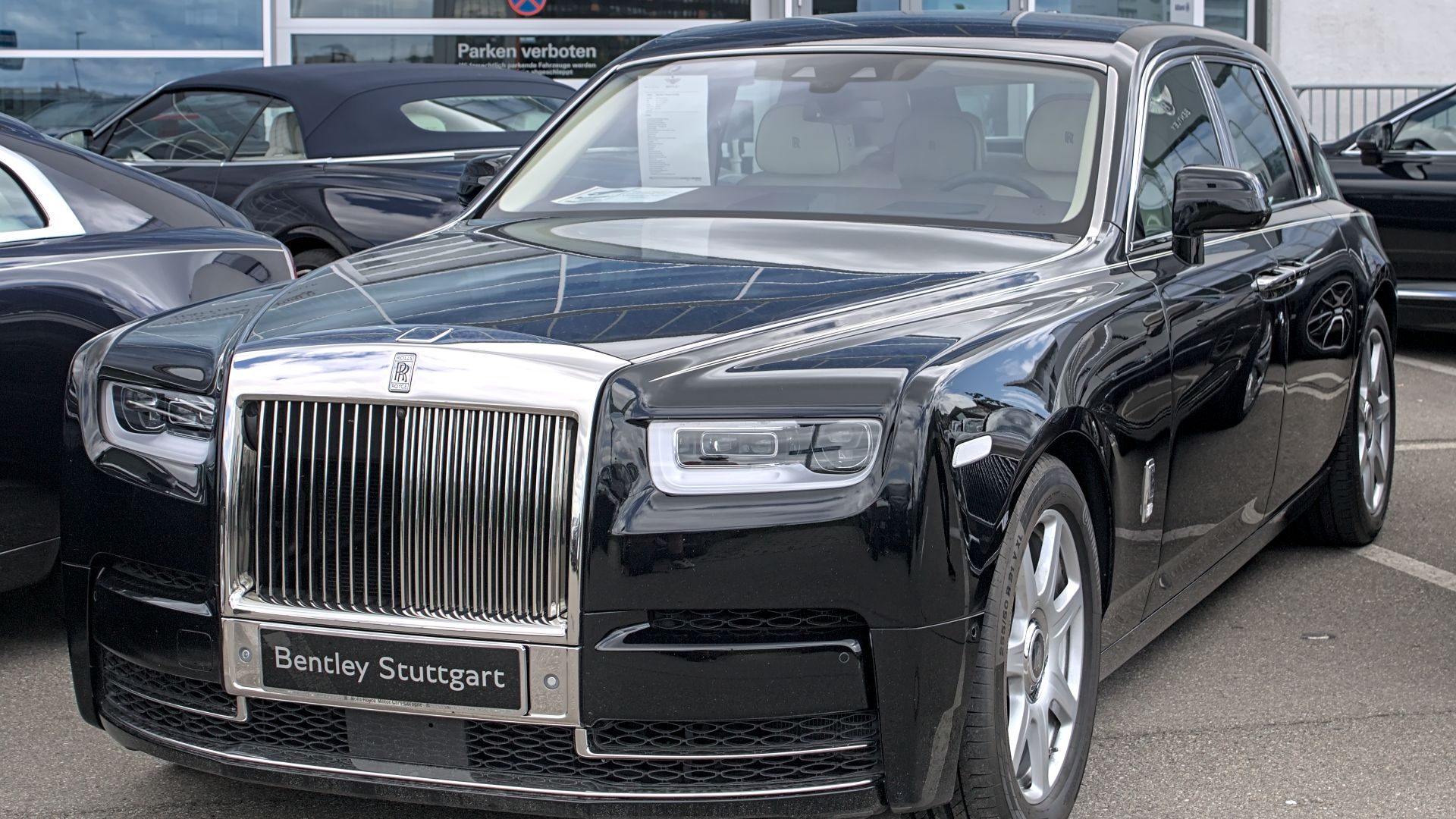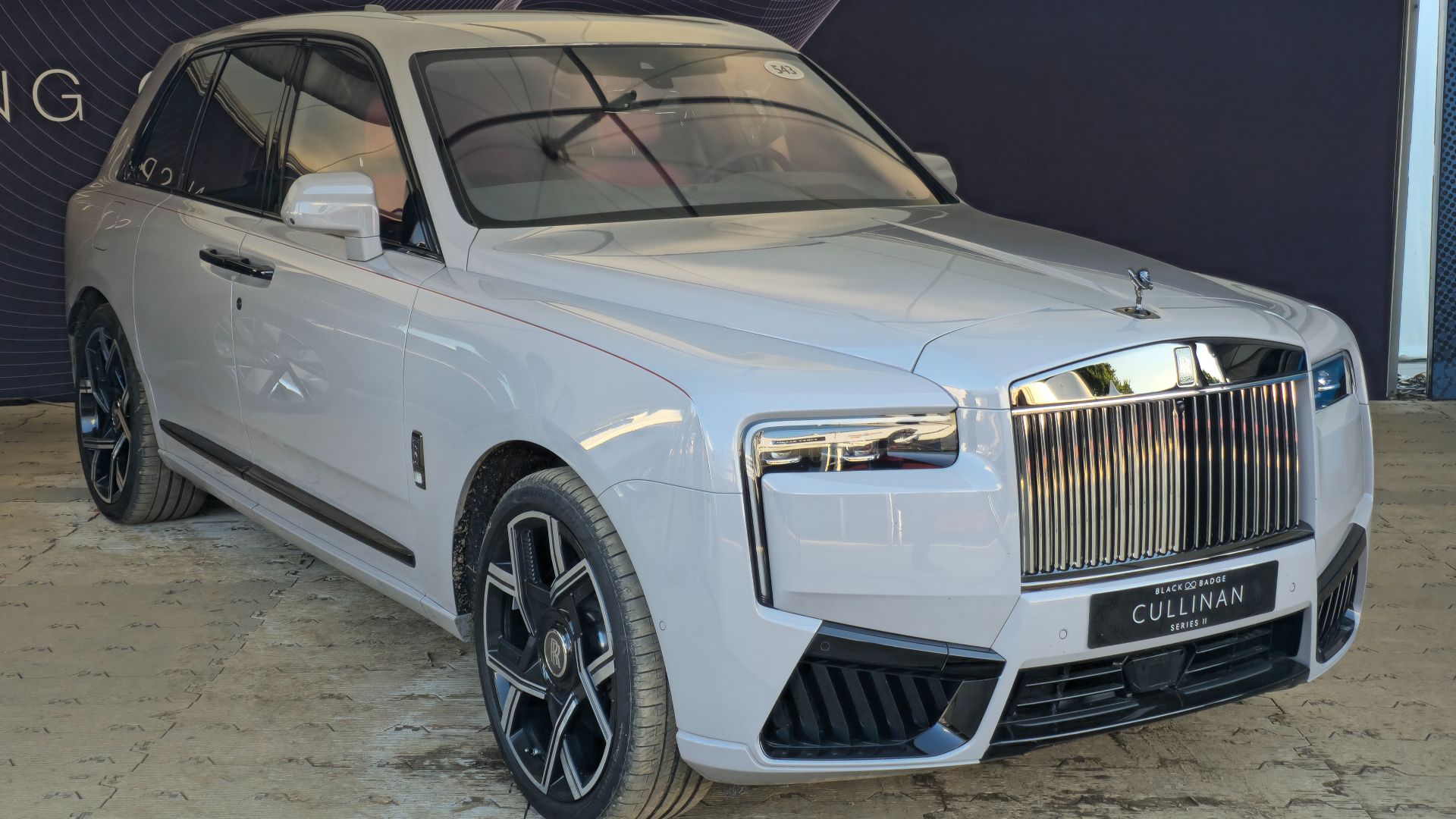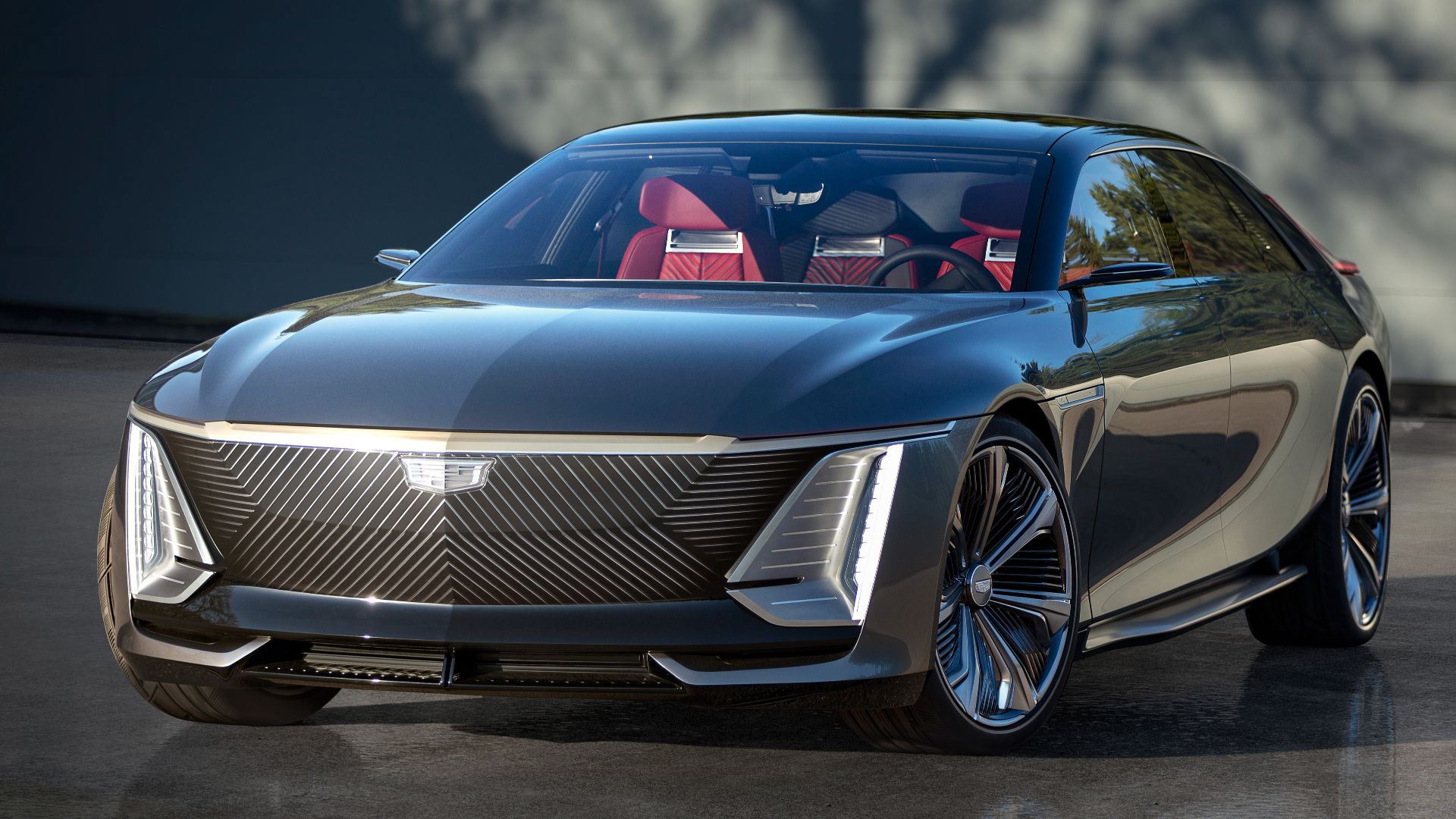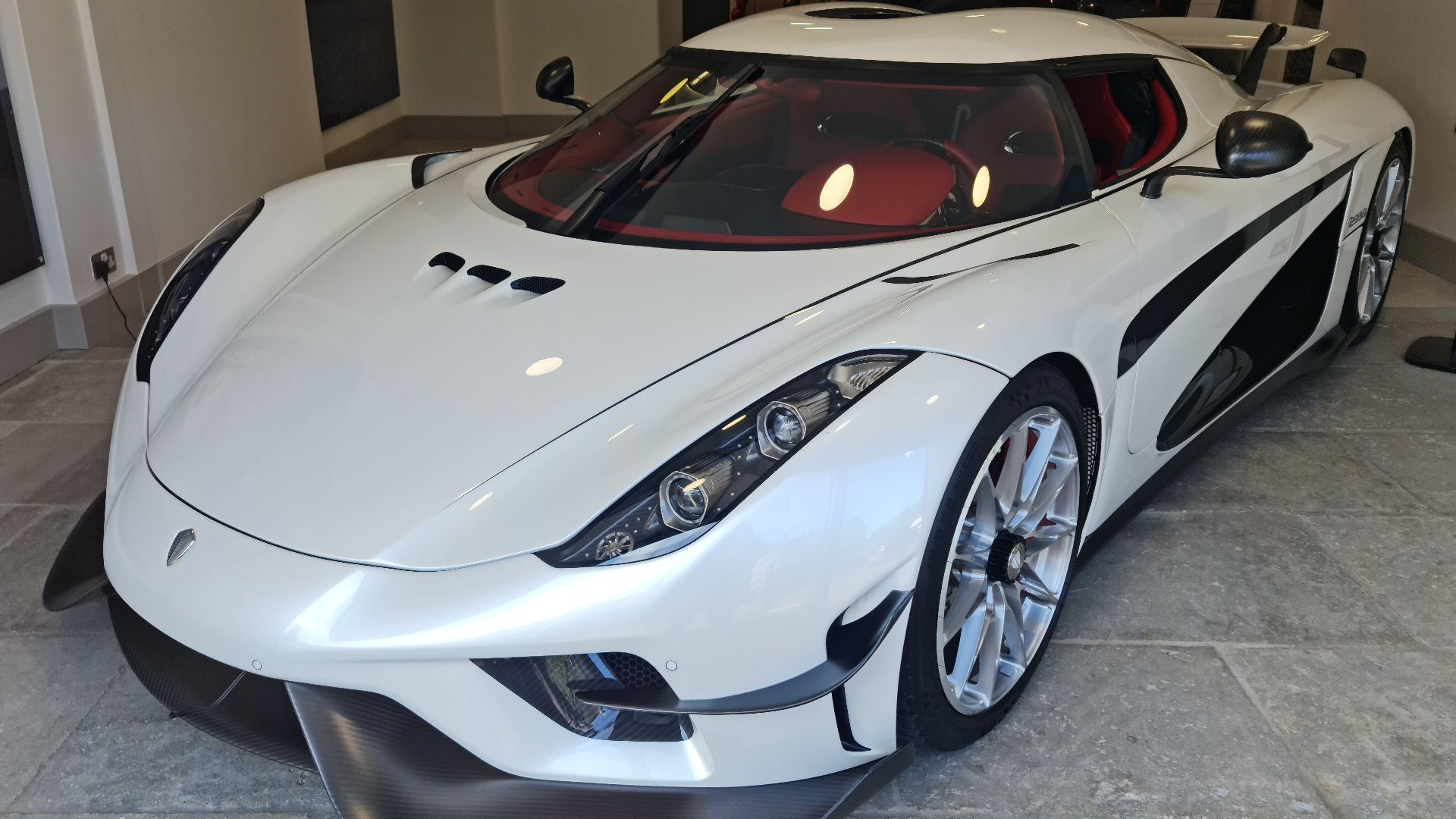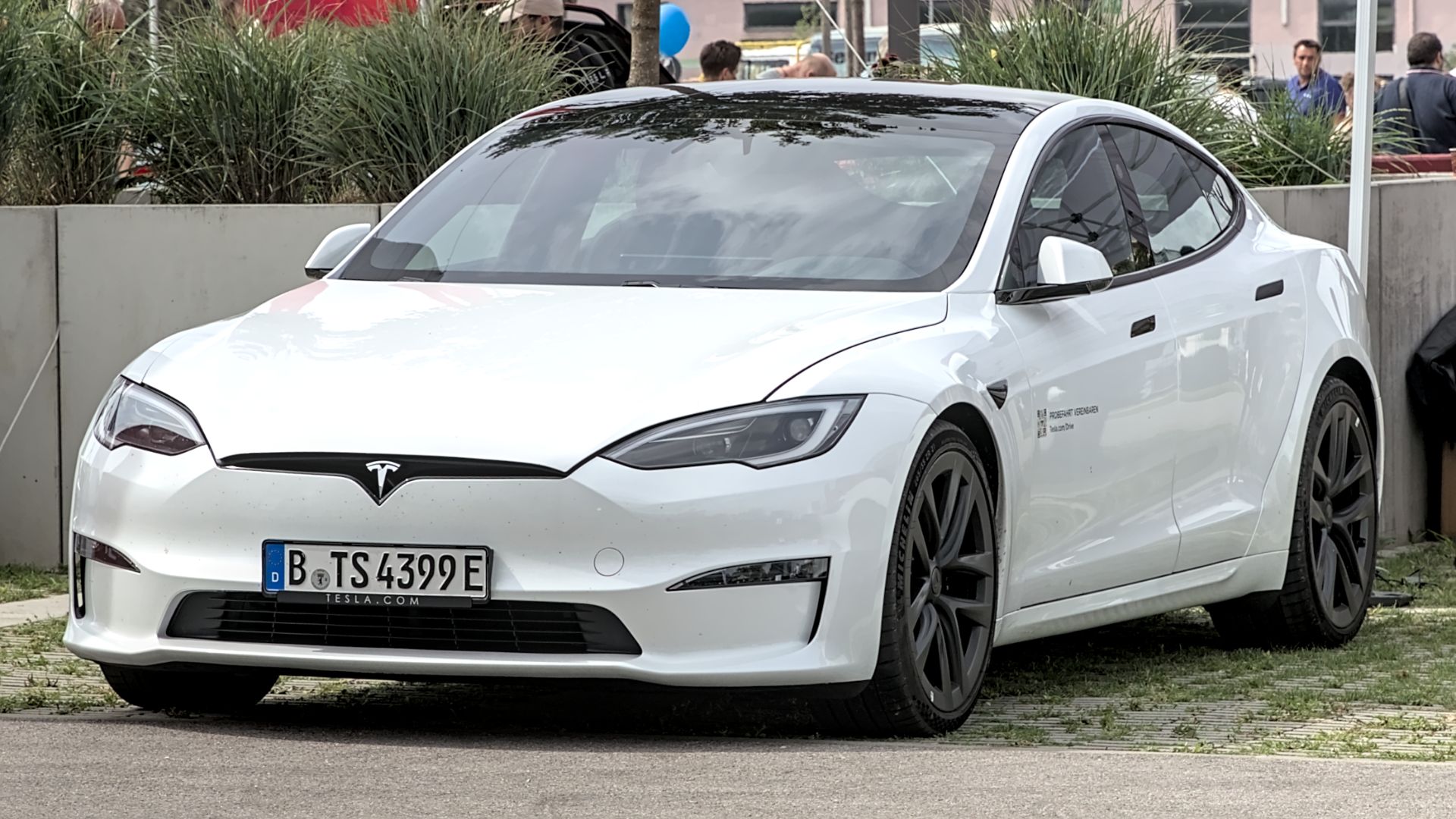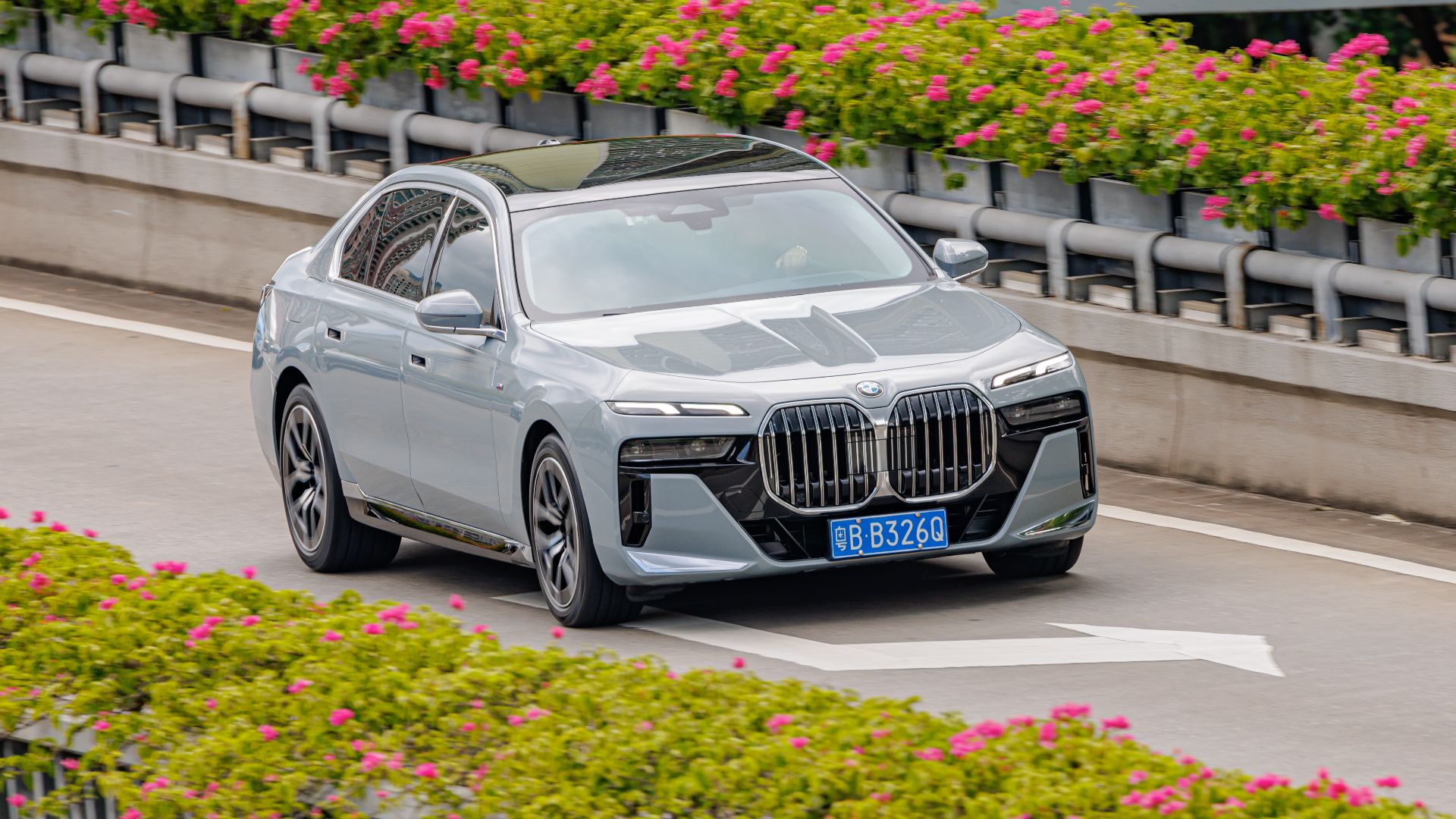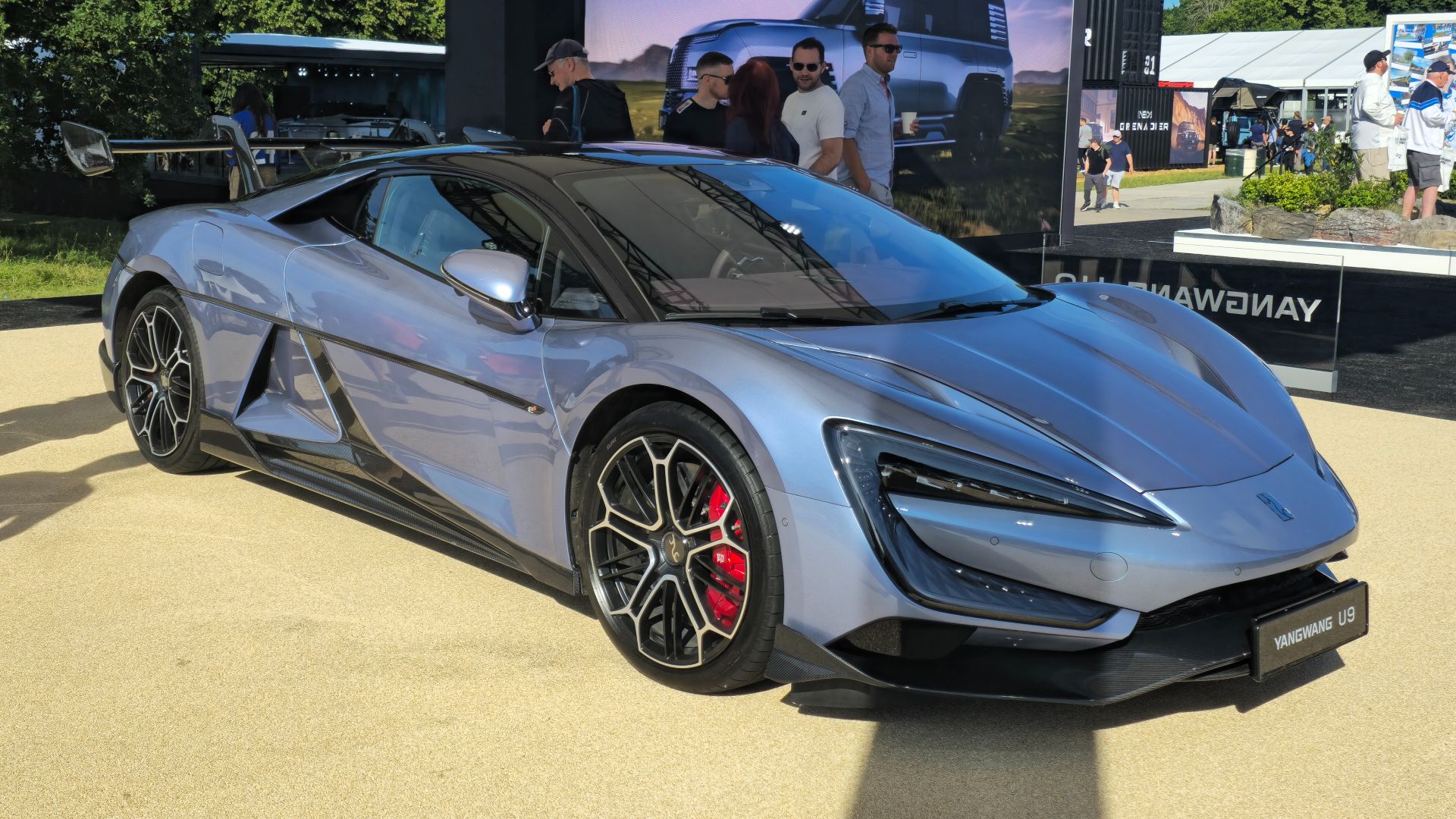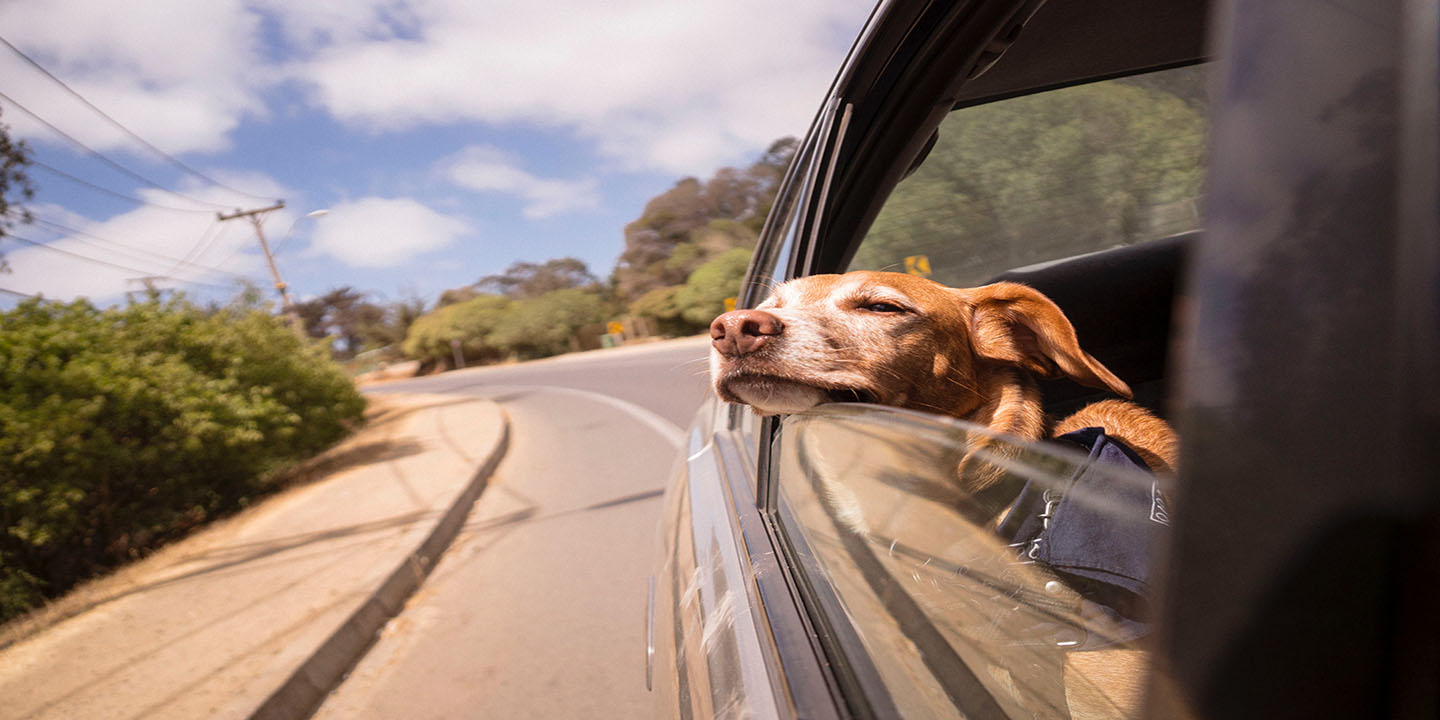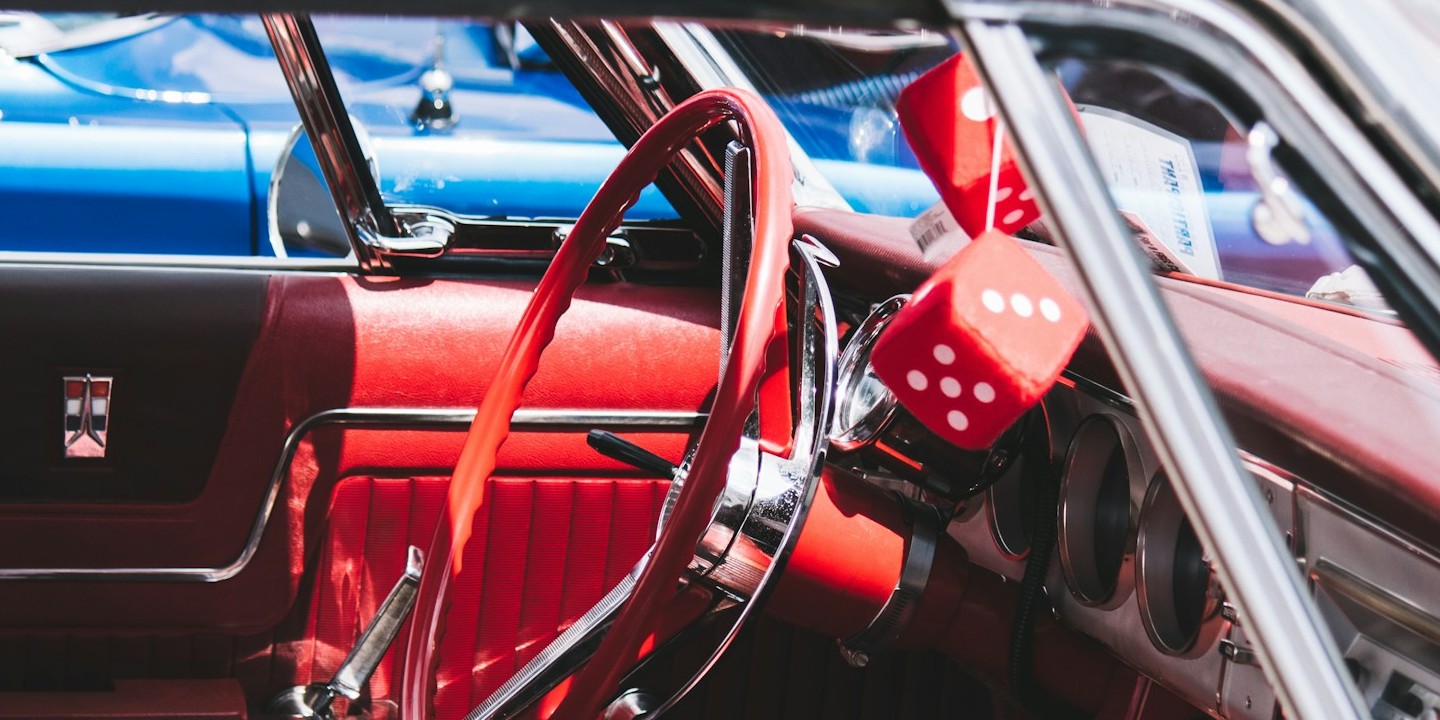Smooth Rides And Rough Calls
Comfort, control, and road feel all come down to how a car's suspension is built and tuned. Some setups offer smoothness, others leave drivers bracing for impact. This article breaks down the standouts on both ends of the spectrum. Here are 10 cars with the worst suspension, and 10 with advanced ones to praise.
1. Nissan Versa (Note)
Rear torsion-beam setups on early Versa models delivered a jarring ride quality, especially over urban patchwork roads. You'll feel every expansion joint like a punch. Lateral stability suffers, too. Newer generations improved slightly, but if you value smoothness, you're better off skipping the first-gen models.
2. Jeep Wrangler (2021–2022)
Solid front and rear axles aren't built for pavement finesse. The Wrangler's suspension delivers heroic articulation off-road but lacks refinement on asphalt. Ride harshness grows at highway speeds, and body lean becomes noticeable. Even with optional adaptive dampers, the bounce remains stubbornly present.
3. Ford Explorer (Late 1990s)
Soft spring rates and poor roll control made the late-'90s Explorer a handling headache. Cornering felt uncertain, and suspension geometry didn't help. Add narrow tires and a high center of gravity, and suddenly even parking lot turns could feel like tightrope walking.
4. DeLorean DMC-12
A mid-mounted engine and swing-axle rear suspension created a unique but unruly combination. The weight distribution skewed tail-heavy and cornering introduced unpredictable behavior. Later owners often resorted to aftermarket suspension tweaks, but original models were infamous for giving drivers more "Back to the Bounce" than desired.
5. Chevrolet Spark
The short wheelbase and basic dampers leave no room for forgiveness on rough pavement. Cracks, dips, or even tar strips send jitters through the cabin. Lightweight construction doesn't help—the chassis simply doesn't have the mass or engineering to soak up road imperfections effectively.
6. Jeep Compass (2021)
Despite modern design updates, the Compass retained firm damping with awkward rebound tuning. It jolts through manhole covers and speed bumps instead of gliding. Rear passengers report the worst of it, as suspension tuning prioritizes sharp feedback over bump absorption.
7. Fiat 500 (Pre-2016)
Pre-2016 models use a semi-independent rear suspension that delivers bone-rattling impacts over imperfect roads. Sport trims make it worse. Ride refinement improved in newer versions, but early models punished drivers at low and high speeds.
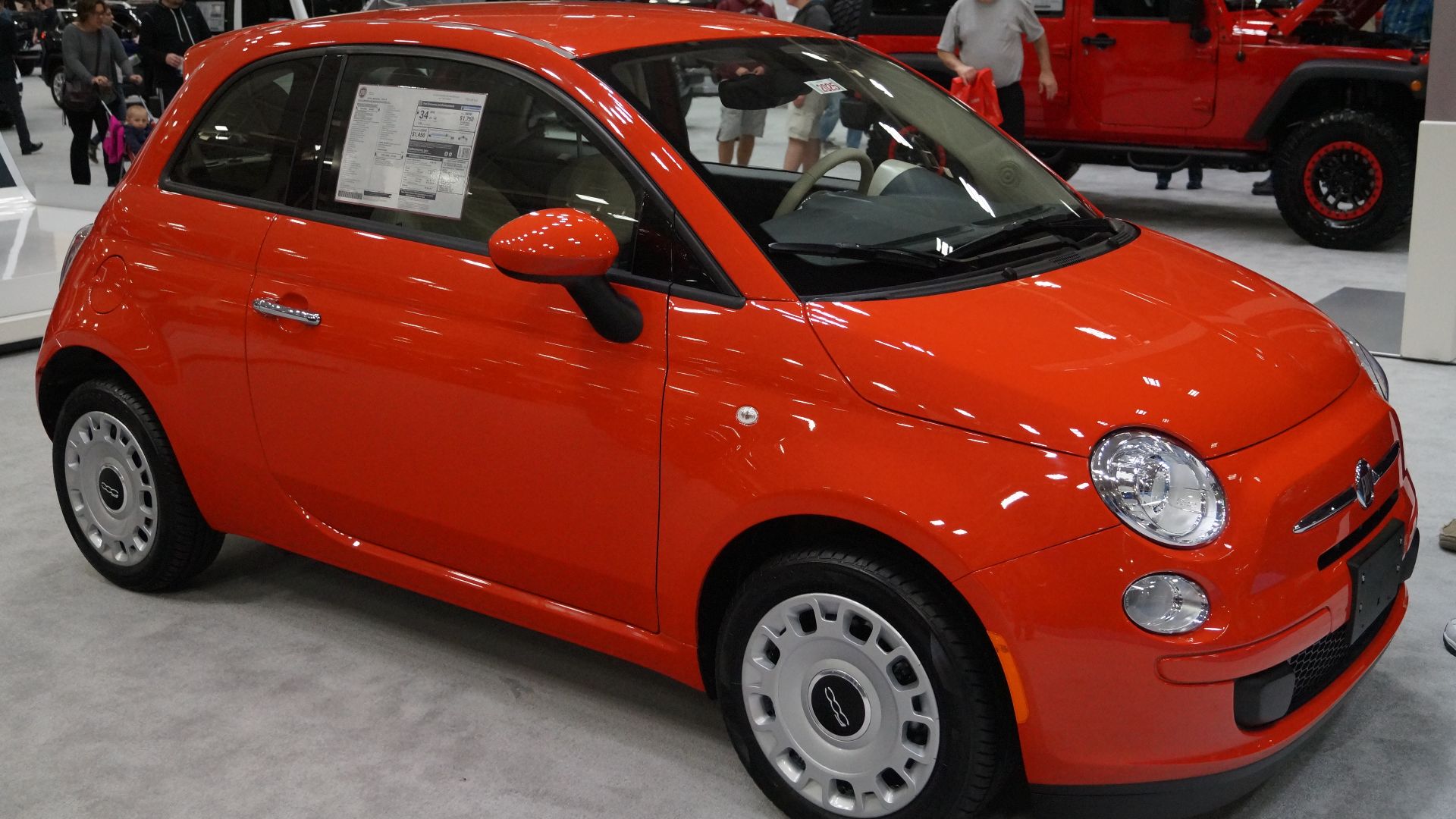 Greg Gjerdingen from Willmar, USA on Wikimedia
Greg Gjerdingen from Willmar, USA on Wikimedia
8. VinFast VF 8
Rapid development shows in the VF 8's jittery suspension response. Despite being electric, it lacks the smoothness typical of EVs. Body movement feels disconnected from steering feedback, and suspension tuning seems half-finished. Multiple reviewers noted harshness even at low speeds—odd for an upscale EV.
9. Hyundai Accent (2012–2017)
Rear torsion beams and minimal insulation make this Accent generation feel raw on broken pavement. Feedback transfers quickly to the cabin, especially at highway speeds. It’s economical but lacking in refinement. Later models improved tuning slightly, but earlier trims remain crashy and underdamped.
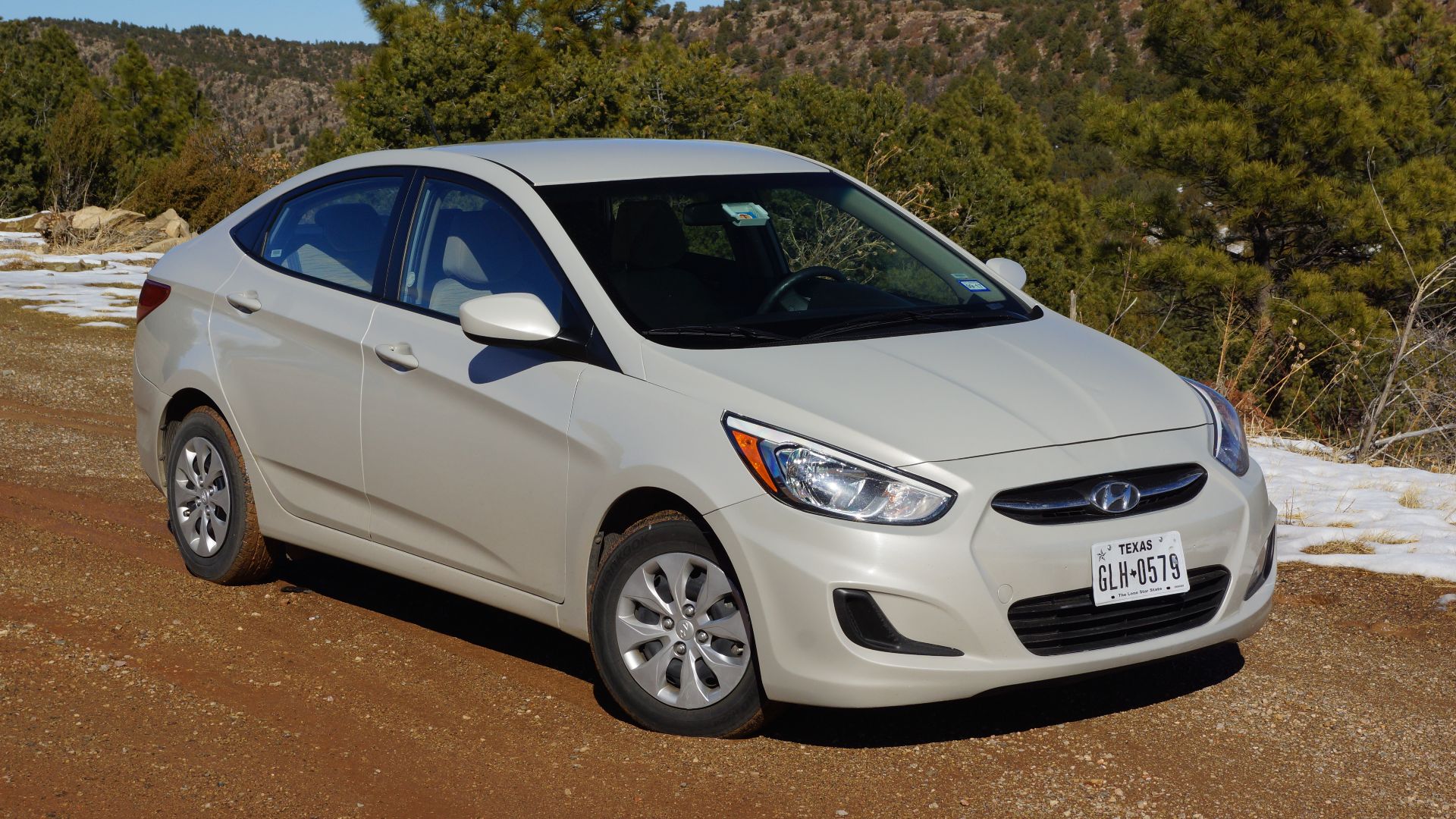 Greg Gjerdingen from Willmar, USA on Wikimedia
Greg Gjerdingen from Willmar, USA on Wikimedia
10. Lincoln Aviator (2020–2023)
Early Aviator units were plagued by air suspension failures and ride calibration bugs. Owners report a soft but uneven feel, especially in Comfort mode. Add premature wear on active dampers, and it’s a luxury SUV that rides like it forgot its premium.
1. Mercedes-Benz S-Class (W223)
E-Active Body Control sets the benchmark in the Mercedes-Benz S-Class. Cameras scan the road and prep the suspension before impact. It's not just reactive but predictive; the rear-axle steering tightens urban agility. This system also compensates for side loads in corners, reducing passenger body sway and boosting long-distance comfort.
2. Audi A8
Electromechanical actuators on each wheel support the A8's predictive active suspension. It lifts side-to-side during cornering and counters body roll. Over speed bumps it's nearly ghost-like, and in dynamic mode, it firms up for spirited driving. That's two suspension characters inside one executive sedan.
3. Rolls-Royce Phantom VIII
Every inch is engineered for serenity. The Flagbearer system uses stereo cameras to scan the road and pre-set the suspension accordingly. Paired with air springs and active anti-roll bars, it keeps the 6,000-pound sedan composed at speed, even when traversing broken pavement or expansion joints.
4. Rolls-Royce Cullinan
Self-leveling air suspension transforms this behemoth into a cloud on wheels. It reacts in real time and softens bumps before they reach the cabin. Under braking, the system maintains ride height to prevent forward dives. This keeps rear passengers undisturbed during sudden stops or steep descents.
5. Porsche Panamera Turbo E-Hybrid (2025)
Porsche Active Ride redefines suspension science. Each wheel uses electromechanical actuators to control compression and rebound independently. Body roll is practically erased. During hard acceleration or braking, the system actively reduces front-to-back body movement. It's designed for rapid lane changes at high speed.
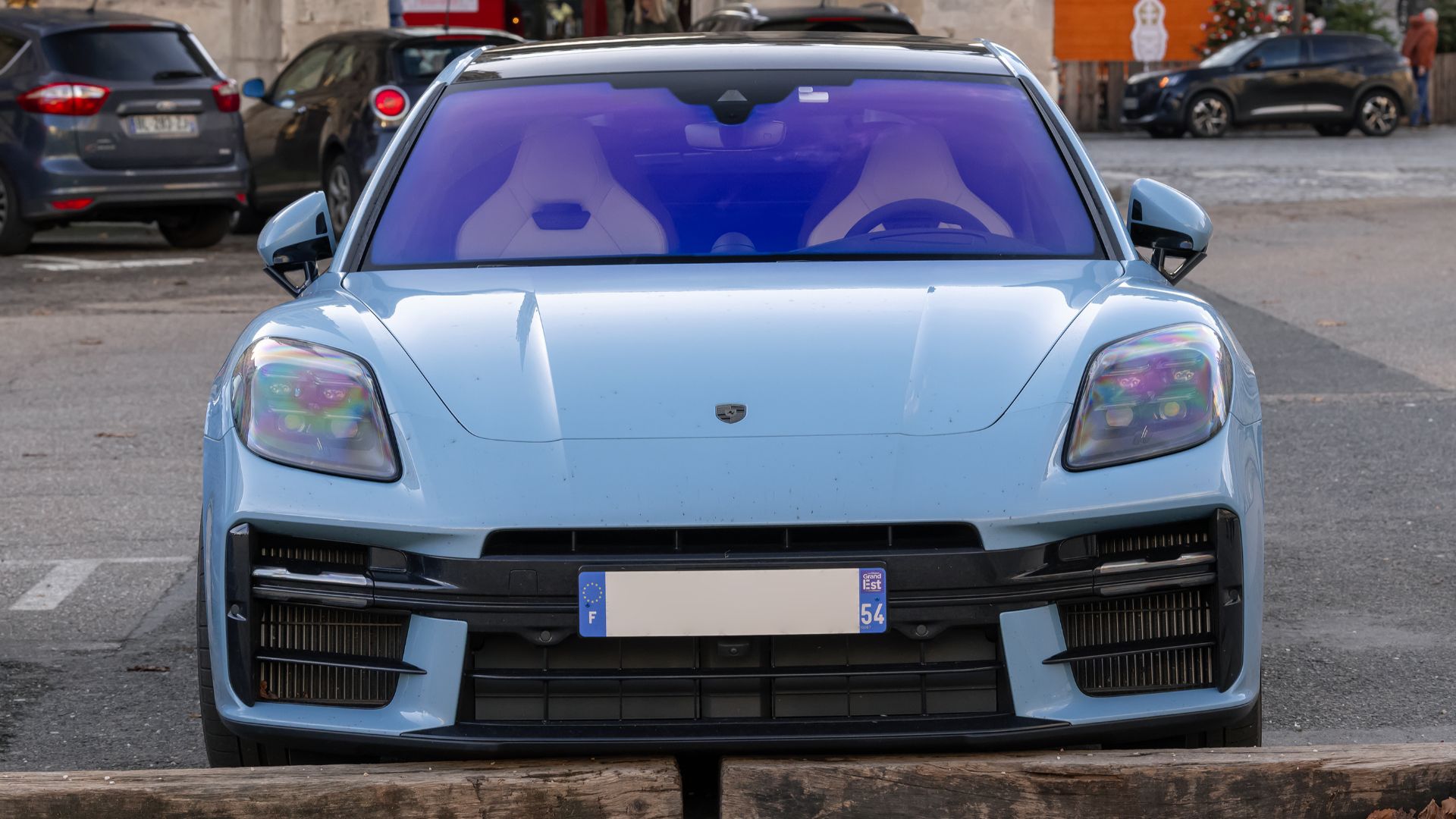 Alexandre Prevot from Nancy, France on Wikimedia
Alexandre Prevot from Nancy, France on Wikimedia
6. Cadillac Celestiq
Magnetic Ride Control 4.0 and adaptive air suspension give the Celestiq its glass-smooth composure. Using magnetorheological fluid, the system adjusts damping in under 10 milliseconds. Every change happens silently beneath you. This level of precision helps reduce driver fatigue over long-range, real-world road trips.
7. Koenigsegg Regera
Triplex suspension might sound sci-fi, but it’s real and road-ready. A third horizontal damper at the rear prevents squat during acceleration. The result is linear power delivery without upsetting the chassis balance. That control matters when dealing with 1,500 horsepower and speeds exceeding 250 mph.
8. Tesla Model S
Its Smart Air Suspension options lower ride height at highway speeds to improve aerodynamics and range. Sensors detect terrain and driver behavior and adjust damping as needed. Recent updates even allow "comfort zones" to be saved via GPS, automating preferred ride settings for specific locations.
9. BMW 7 Series (G70, 2023+)
In the G70-generation 7 Series, double-wishbone front and multi-link rear setups are enhanced with self-leveling air springs and electromechanical anti-roll bars. Rear-axle steering shortens the turning radius significantly. The air suspension adapts continuously to road conditions and balances softness and control.
10. Yangwang U9 (BYD)
The Disus-X system doesn't just damp but actively lifts or compresses wheels as needed. Engineers demonstrated the car "hopping" over speed bumps without body impact. It’s also calibrated for dynamic load distribution, which helps to maintain traction during high-speed lane transitions or mid-corner elevation changes.


